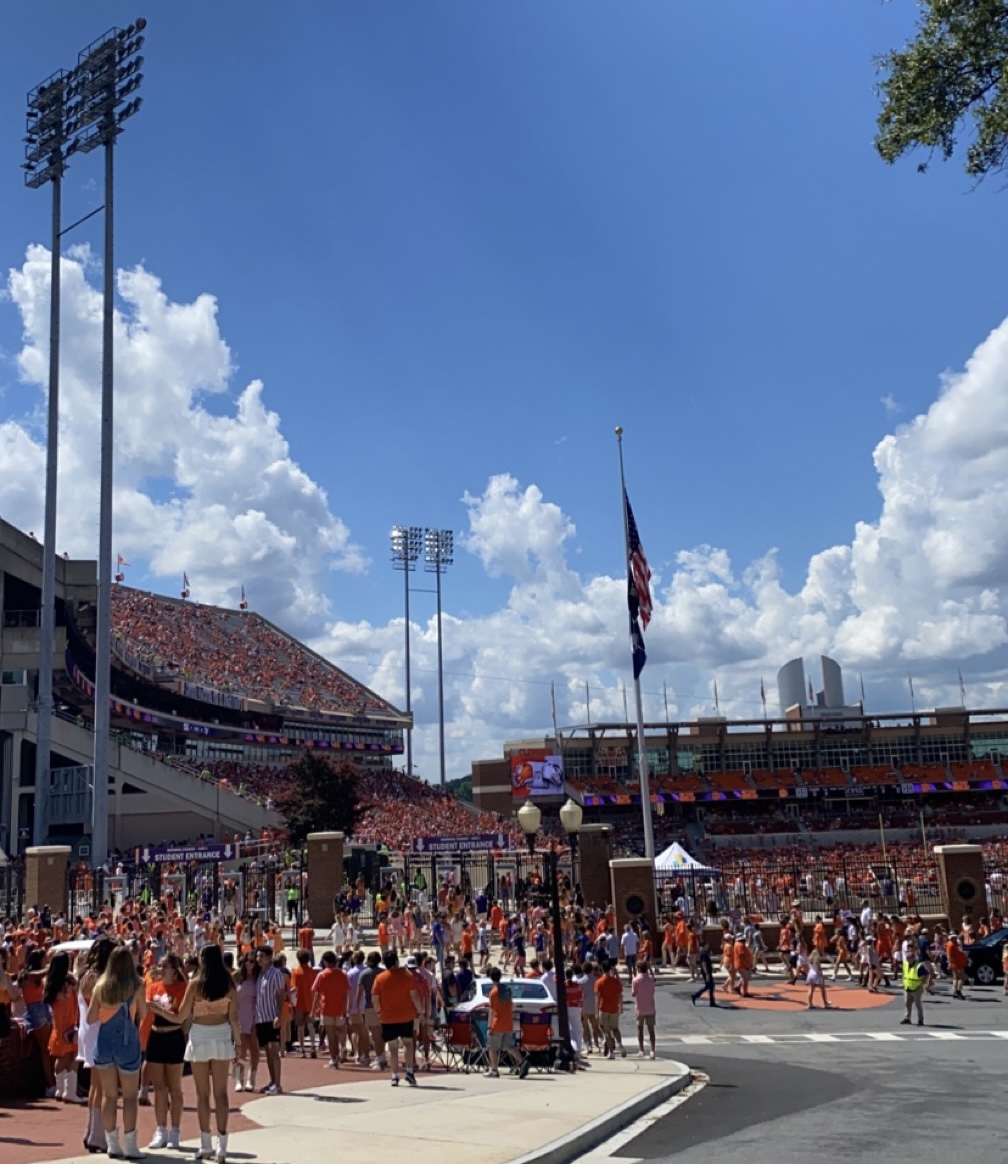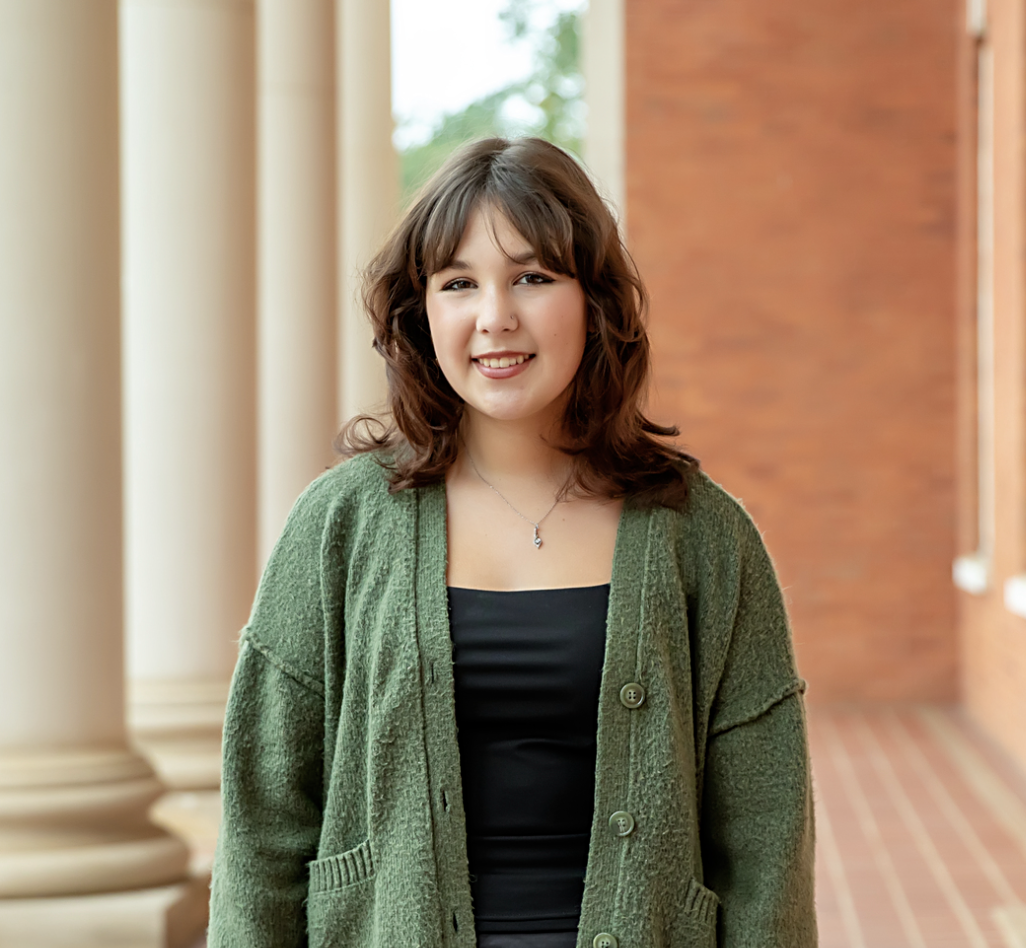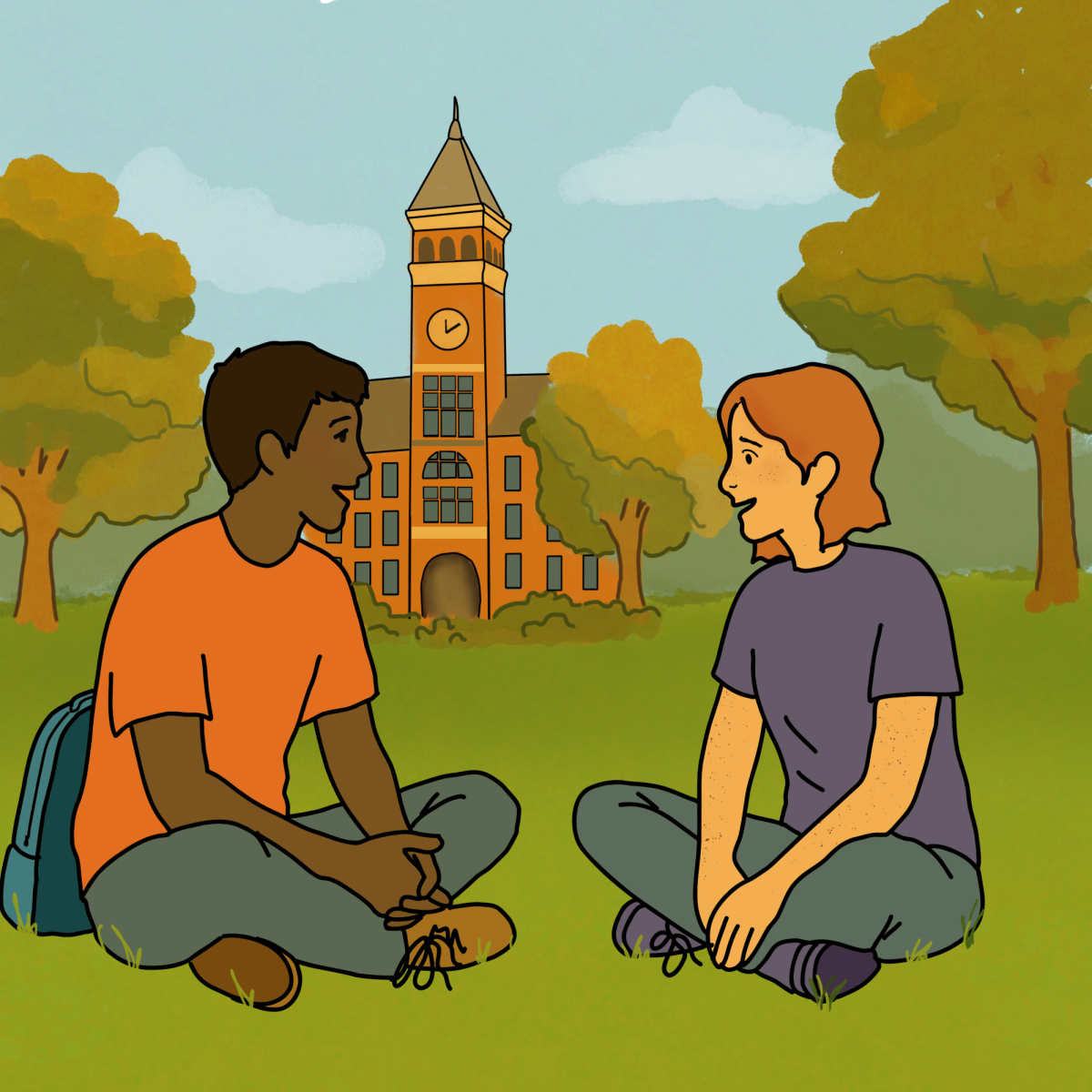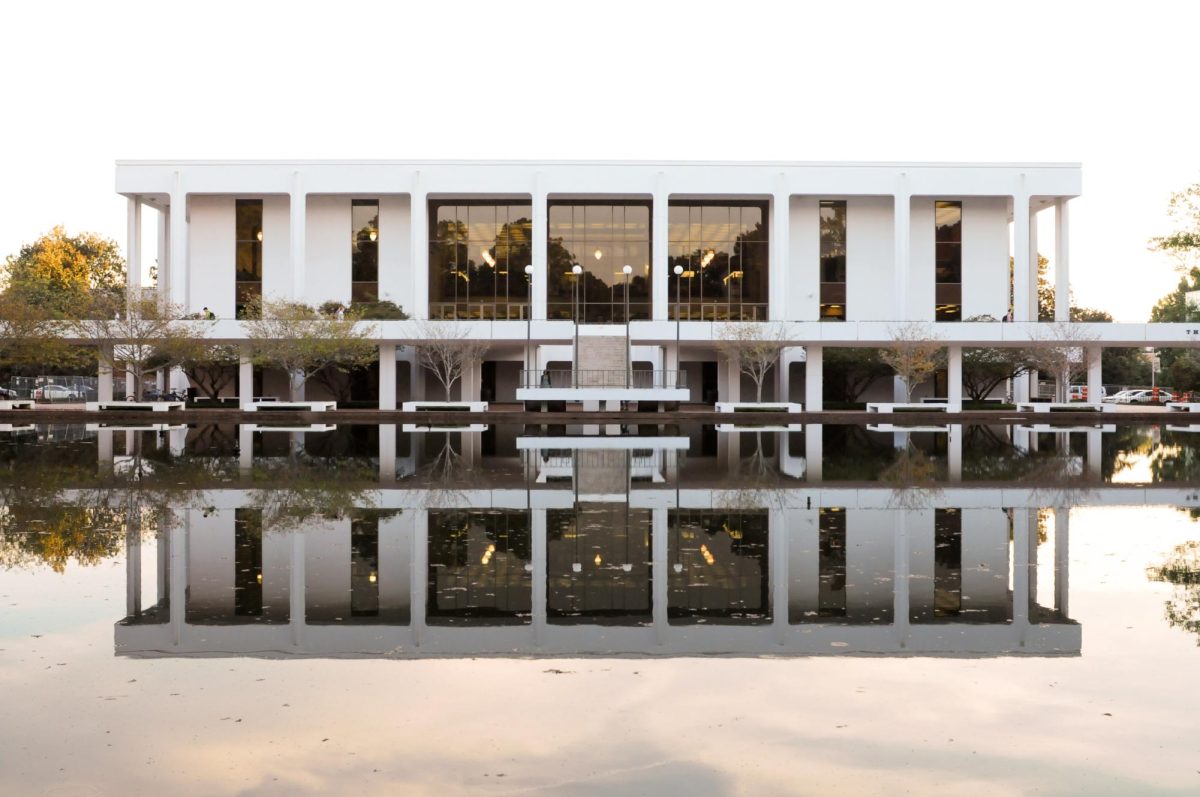On Dec. 14 I was there to witness Clemson University make history — we set the longest low five chain world record. To be fair, the event started off as an attempt to break the world’s longest high five chain, but it was clear from the start that we didn’t have enough people for that. This record-setting day is one I will always remember — one that made the chain of hands feel more like a slap in the face. It was the day that remains the most uncomfortable of my college career.
As our group of more than 100 students lined up to get ready for this clearly momentous occasion, another line was forming: a group of concerned students made their way to Bowman Field, just in front of Tillman Hall. This group of activists came out to protest after the death of Michael Brown in an effort to draw attention to the inequalities that black students face on our campus and elsewhere.
So as we stood around waiting in the slight drizzle to be fully organized, the group of concerned students started their protest with a die-in. I am a stranger to activism, and I had never seen or even heard of a die-in before in my life. This is why I remember this day as so jarring. Here was one group lining up for what could actually go into the record books as one of the most pointless world records, while another group that felt the only way to make their point heard was through pseudo-death just fifteen feet away.
It became immediately clear: we were not the “family” that Clemson likes to say we are.
If there is a coalition of students who feel they are more dead than alive, who feel as though they are unwelcomed by this “family’s” history, we are a dysfunctional family at best.At worst, we are just lying to ourselves in the hopes that pushing our problems to the side will make them go away. “Family” is not a helpful group to call ourselves; it’s far too intimate for a campus that has around 22,000 people. Adding in alumni becomes a logistical nightmare for any logical formulation of the Clemson University family tree.
Why should we be a family? It’s an image that an administration would love to sustain, the idea of a tight-knit family where we are all loving and know each other intimately. But this is not a workable idea. It erases any form of diversity between students, making a single Clemson lineage to encompass us. The family that Clemson continues to promote as a way to bring us all together only makes the cracks in the community more visible.
That day was so strange because it gave me a clear example of a fault line running through Clemson. It was my first year and the end of my first semester, but that event solidified in my mind forever that Clemson was not a family. This is not meant to sound fatalistic, or to imply that any sort of school unity is impossible.
It is important to know that cracks in our community exist — it’s the only way to start to fix them. We just won’t ever be a family, and that is not a bad thing.







